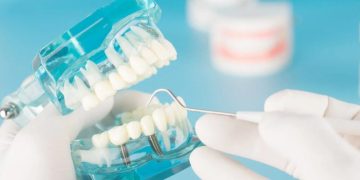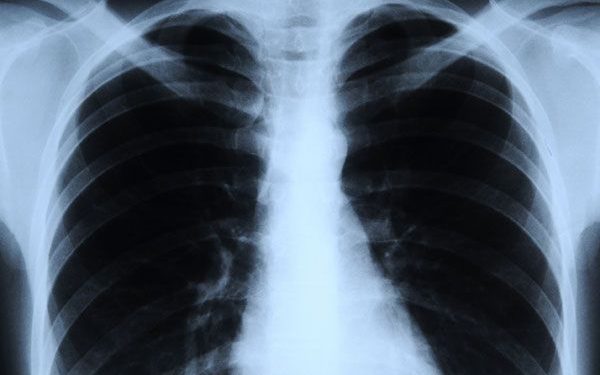Medical imaging has numerous advantages for patients. Images of the human body are created using various methods, including ultrasound, magnetic resonance imaging, nuclear medicine, and X-rays. To enable physicians to see inside the body, identify and rule out medical problems, and diagnose diseases.
Much has recently been written about radiation, so it is important to understand radiation imaging, particularly the benefits to the patient and the associated risks. Let’s discuss the important uses of taking X-rays:
Fractured Bones
X-rays are usually ordered for patients who have suffered a bone injury. Even if a fracture is not diagnosed with an xray Narellan, it can still provide valuable information about the fracture. A doctor can use the images to determine whether the rupture is complete, the bone is broken into two pieces or partial.
The x-ray can also show whether the bone has shifted from its original location and whether the fracture has caused it to shatter or break into multiple pieces. Based on the x-ray findings, a doctor can determine the best way to treat the fracture, so it heals properly.
Mammography
A mammogram is another common x-ray application requested by patients who want to be tested for abnormal breast growths. Mammograms capture images of what is inside the breasts using Xray Narellan.
It detects abnormal growths and determines whether further testing is required. Mammograms have significantly reduced breast cancer deaths since 1990 because they allow for early detection.
Urinary Tract Conditions
Another common application for x-rays is to look for problems in the body’s organs. IVP, or intravenous pyelogram x-ray, involves injecting contrast material into the body before the x-ray to help highlight bladder, ureters, and kidney problems.
The contrasting material enhances the visibility of abnormalities in x-ray images. An IVP x-ray may be requested if you have blood in your urine or unexplained lower abdominal pain.
Radiation therapy
Another common use for x-rays is to detect problems in the body’s organs. IVP, or intravenous pyelogram x-ray, is a procedure that involves injecting contrast material into the body before the x-ray to help highlight problems in the bladder, ureters, and kidneys.
The contrasting fabric makes abnormalities in x-ray images more visible. If you have blood in your urine or unexplained lower abdominal pain, an IVP x-ray may be ordered.
Dental check
A dentist uses a dental X-ray to create images of your teeth. This allows them to examine your oral health. Low levels of radiation are used in these X-rays. Your dentist can identify any problem area near your teeth or gums.
They can detect tooth decay, cavities, and damaged teeth. Dental X-rays are just as important as teeth cleanings. They aid in the monitoring of your oral health.
Joint changes and Arthritis
An arthrogram can be used by a specialist to detect joint changes that indicate arthritis. Joints can present numerous challenges. You risk wearing down cartilage, tearing a ligament, or breaking a bone.
Standing imaging, such as x-rays, may not be effective. An arthrogram is a specialised x-ray that aids in diagnosing a problem.
Parting words
Thus the above listed are about the important uses of taking X-rays. One of the most significant advances in medical practice has been the use of imaging, which allows doctors to diagnose and manage their patients’ diseases safely and promptly.








































